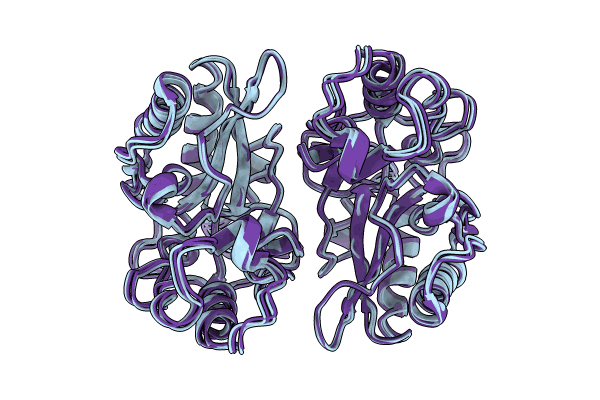
Deposition Date
2024-01-20
Release Date
2024-05-22
Last Version Date
2024-05-22
Entry Detail
PDB ID:
8XZ2
Keywords:
Title:
The structural model of a homodimeric D-Ala-D-Ala metallopeptidase, VanX, from vancomycin-resistant bacteria
Biological Source:
Source Organism:
Enterococcus faecium (Taxon ID: 1352)
Host Organism:
Method Details:
Experimental Method:
Conformers Calculated:
200
Conformers Submitted:
4
Selection Criteria:
structures with the lowest energy


